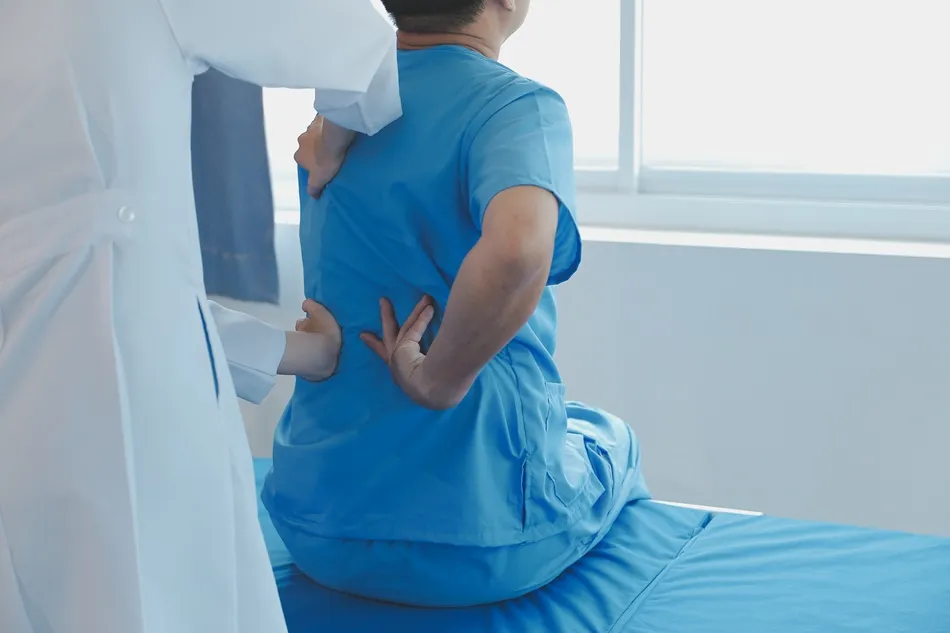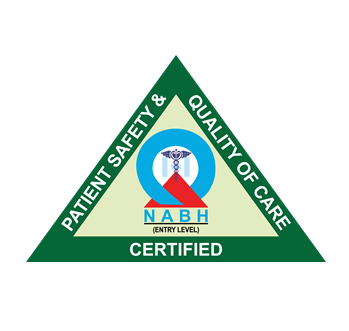
When to See a Spine Surgeon: Warning Signs You Shouldn’t Ignore
Because of our busy schedules, back pain has become one of the most prevalent health issues in today’s world. Many people tend to believe that this is just due to an accumulation of working for long hours, stress, or maintaining a bad posture. Although that is true to some extent, there are some red flags that should always be paid attention to. If you know someone who has chronic and progressive pain in the neck or back, maybe it is time for them to consult a spine surgeon.
This article will help understand at what stage seeing a spine specialist becomes imperative, how the condition is diagnosed, treats options available, common symptoms, and answers to some frequently asked questions.
For any health-related concerns, connect with our specialist in just a minute.
A spine surgeon is a type of physician who works on the diagnoses and treatment of the spine and neck area inflected with disorders such as cervical, thoracic, and lumbar. A spine surgeon’s responsibility includes both pre and post intervention care. Along with, managing non-operative treatments like medications or physical therapy and surgical options such as spinal fusion depending on the issue at hand and its severity.
Visit a Spine Surgeon for These Reasons
Physical therapy, rest, and medication often treat many back-related issues; however, these warning signs may indicate a more serious problem:
- Constant Pain in the Spine or Neck: If you have been having pain for over six weeks, and it’s not responding to primary treatment, it may be due to some spinal condition which requires further investigation.
- Pain in Limbs and Radiating: It could be indicative of nerve compression or a herniated disc. The pain may radiate down towards the leg (sciatica) or even into the arm and fingers.
- Numbness or Tingling sensations: The diminishing of sensations, tingling or even “pins and needles” sensations in the arms and legs or feet could suggest some involvement of the nerve.
- Numbness in Arms or Pneumonia: Being unable to grasp objects, walking abnormally, feeling weakness in the legs or hands, could be the result of spinal cord compression.
- Losing Control of Bowels and Bladder: This may be a medical emergency and can indicate Cauda Equina Syndrome, which calls for an immediate surgical solution.
- Change of Posture and Visible Deformities: Twisted spine or uneven shoulder and hunching of the back can point towards scoliosis or some other spinal abnormality.
- Back Pain After an Injury or Fall: The onset or exacerbation of back pain following a fall or accident could indicate a possible fracture or herniated disk.
Diagnostic Process
Your personal spine surgeon will conduct a comprehensive evaluation that begins with understanding your medical history and performing a physical assessment. Based on your symptoms, the surgeon may suggest the following diagnostic tests:
1. X-rays
To assess bone fractures and misalignment.
2. MRI (Magnetic Resonance Imaging)
Provides a detailed image of soft tissues such as discs and nerves to determine the presence of herniated discs or nerve compression.
3. CT Scan
Useful for enhanced visualisation of bone structures, particularly in trauma cases.
4. Electromyography (EMG)
To record muscle’s electrical activity in order to determine the existence of any nerve injury.
5. Blood Tests
For possible infections or inflammatory diseases, ruled out such as ankylosing spondylitis.
Treatment Options
The best news is that not every spinal condition poses surgical requirements. As always, treatment will depend on your particular condition, lifestyle, and its severity.
Have a Health Concern? Connect with our specialist in just 1 minute.📞+91 7866 911 911
Non-Surgical Treatments
1. Physiotherapy
Alleviate pressure off the spine causing pain or other related symptoms. Strengthening muscles through targeted exercises, as well as improving posture and reducing pressure on the spine.
2. Changes to One’s Lifestyle
Management of weight, using ergonomic chairs, cessation of smoking, and walking regularly.
Surgical Interventions
Surgery might be recommended when:
- There is no significant improvement in pain after using conservative
- There is moderate to severe nerve
- There is inadequate spinal instability or spinal
- There is loss of bowel or bladder
Common spine surgeries include:
- Discectomy: Removal of a portion of a herniated disc to relieve pressure on the spinal nerves.
- Laminectomy: Excision of a vertebral portion (lamina) to relieve pressure on the spinal cord or nerves.
- Spinal Fusion: Stabilization of the spine by joining two or more vertebrae together.
- Vertebroplasty/Kyphoplasty: Minimally invasive procedures for compression fractures, particularly in the elderly due to osteoporosis.
Minimally invasive techniques for modern spine surgeries result in faster recovery times and reduced pain after surgery.
Frequently Asked Questions
1. Is spine surgery safe in Bangalore?
Yes, spine surgery in Bangalore is relatively safe with a qualified spine surgeon. Almost all hospitals have advanced technologies such as navigation systems and minimally invasive techniques which improve the outcomes of surgery.
2. Will I be bedridden after spine surgery?
No, in most cases, patients are encouraged to start walking within 24 – 48 hours post surgery. Recovery time varies depending on the type of surgery, but you won’t be bedridden for long.
3. How do I know if my back pain needs surgery?
If you have continuous pain not reduced by medications and physiotherapy, or if you feel weakness, numbness, or bladder/bowel issues, it’s time to consult a spine surgeon. They will guide you with the best course of action.


